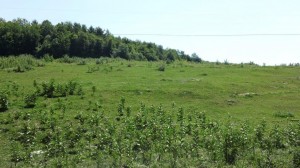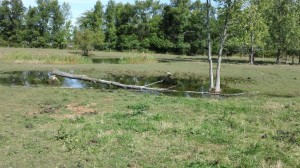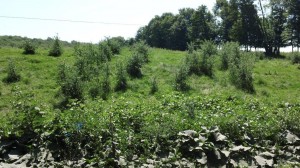By Juan Alvez , Pasture Program Technical Coordinator



In general, well-managed swards should present a variety of grasses, legumes and forbs, each fulfilling an important function in animal nutrition and health. All species have more or less, sugars, proteins and minerals. Legumes are well-known for fixing nitrogen via plant root-bacteria symbiosis. They also carry important protein building blocks. Forbs -also reputed as weeds- pack vital minerals in its tissues, while grasses contribute mostly with sugars or carbohydrates. Non-poisonous weed grazing convey many benefits and should be encouraged (see our blog posts on this subject).
However, reaching a balanced equilibrium among species can sometimes take knowledge and years of careful observation and management. Then, it is crucial to reframe that walking the pastures, observing when-what-how animals eat, and knowing when is the right time to assign them a fresh pasture, resting the current one, has to be done, meticulously, with flexibility and never at random. It is a reasoned act.
So, all that is true and important but, cows are smart beings. Like us, they have their favorite plants and, if unchecked, they can (and will) be selective. Selective grazers graze the same forage plants over and over. Plants that are grazed before they are ready can become weak and can even die. Also, animals that graze selectively, miss the opportunity of getting important nutrients from the rest of the sward.
When forage selectivity happens, it may be wise to observe and investigate why is this happening. A few thoughts come to mind. For instance, cows may be staying for too long in a given pasture. Readjusting stocking rates might be necessary to minimize selectivity. Animals might be returning to graze in a pasture that is not yet ready, or present vestiges of manure or urine clumps marks. In this case, animals will not graze evenly because they have a very sensitive sense of smell.
The best way to avoid grazing selectivity is to adopt an adequate stocking rate in your pastures. This will stimulate grazing peer pressure and paddocks will be grazed more evenly. Following the short occupation-long-rests period for each season will also decrease grazing selectivity. In finding the cause and solution for grazing selectivity it is best to avoid grazing under 3 inches. It is always desirable to leave an ungrazed, trampled and manured forage residual.


Recent Comments